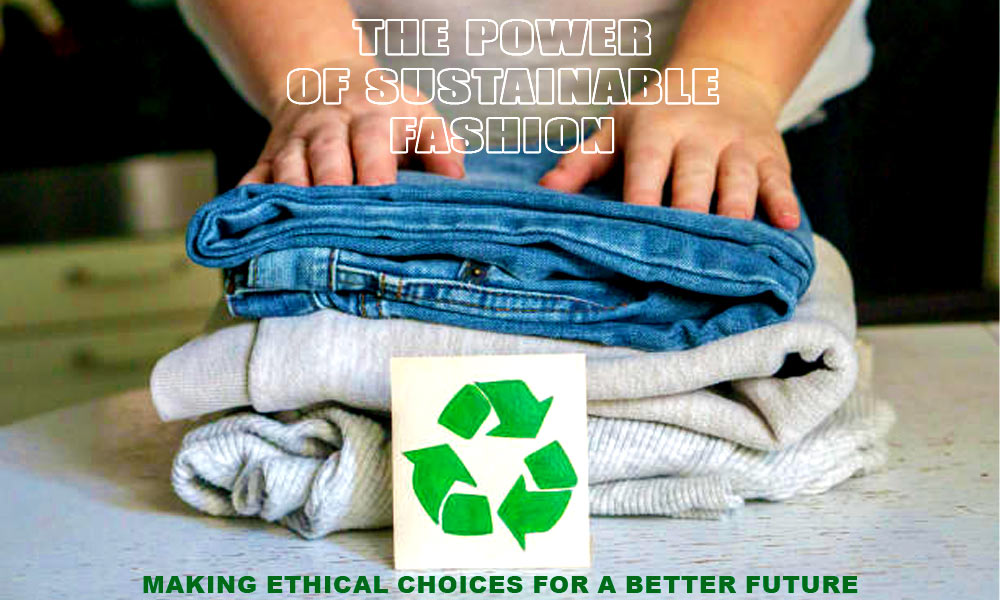Fashion has a significant impact on our planet and its resources. From the production of clothing to its disposal, the industry contributes to pollution, waste, and exploitation of both human and environmental resources. However, the rise of sustainable fashion offers a glimmer of hope, encouraging consumers and industry players to make ethical choices that can lead to a better and more sustainable future.
Sustainable fashion encompasses various practices that aim to reduce the negative environmental and social impacts of the fashion industry. One crucial aspect is the use of eco-friendly materials. Sustainable brands prioritize materials that are sourced and produced in a way that minimizes harm to the environment. This includes using organic or recycled fabrics, reducing water consumption, and avoiding harmful chemicals. By opting for clothing made from sustainable materials, consumers can contribute to the preservation of natural resources and reduce pollution associated with the production process.
Table of Contents
Ethic
Another key element of sustainable fashion is ethical production. Many fast fashion brands rely on low-cost labor and unsafe working conditions in factories, leading to exploitation and human rights violations. Sustainable fashion aims to address these issues by promoting fair labor practices, ensuring workers are paid fair wages, and providing safe working environments. By supporting brands that prioritize ethical production, consumers can contribute to the well-being of workers and advocate for social justice within the fashion industry.
Furthermore, sustainable fashion encourages conscious consumption and discourages the throwaway culture promoted by fast fashion. It emphasizes quality over quantity, promoting the idea of investing in well-made, durable garments that will last for a long time. By choosing timeless pieces and taking care of them, consumers can reduce the demand for constant new purchases, thereby reducing waste and the carbon footprint associated with clothing production.
Circularity – Recycling
Additionally, sustainable fashion embraces circularity. This concept aims to create a closed-loop system where products are designed to be recycled, upcycled, or biodegraded at the end of their life cycle. By supporting brands that prioritize circularity, consumers contribute to minimizing landfill waste and reducing the depletion of resources.
The power of sustainable fashion extends beyond individual choices. It calls for collective action and industry-wide change. Fashion brands have the opportunity to embrace sustainable practices by adopting eco-friendly materials, transparent supply chains, and ethical production processes. Governments and regulatory bodies can play a role in setting standards and enforcing regulations to ensure a more sustainable fashion industry.
Ultimately, the power of sustainable fashion lies in the choices we make as consumers. By supporting ethical and sustainable brands, we can send a message to the fashion industry that sustainability matters. Our choices can drive the demand for change, encouraging more brands to adopt sustainable practices and contributing to a future where fashion is both stylish and environmentally and socially responsible.
In conclusion, sustainable fashion offers a powerful solution to the environmental and social challenges posed by the fashion industry. By choosing eco-friendly materials, supporting ethical production, embracing conscious consumption, and advocating for circularity, we can make a positive impact and work towards a more sustainable and ethical future for fashion. Together, we have the power to shape the industry and create a world where fashion is not only beautiful but also sustainable.
Author
Stay connected for new publications, events, and more.






More Stories
L’Origine et l’Évolution de la Mode Vestimentaire en Haïti : Entre Héritage Culturel et Modernité
Understanding the Importance of Finding Your Personal Style
Chic Happens: The Joy of Fashion